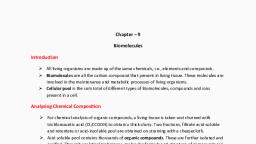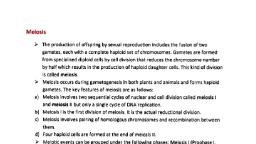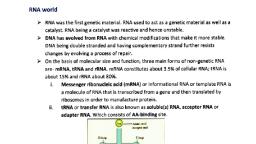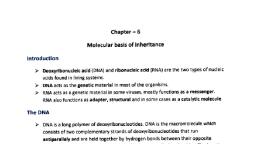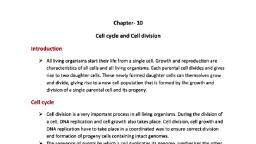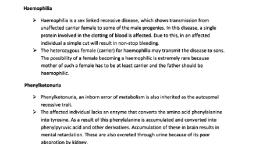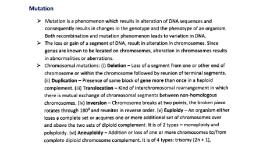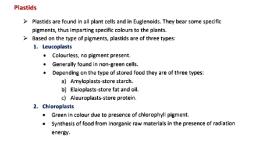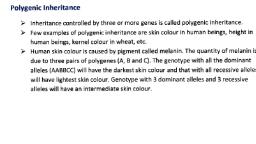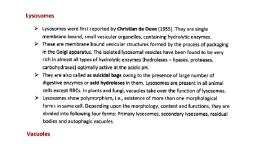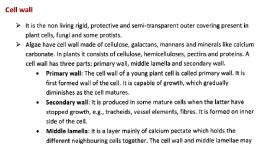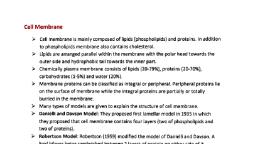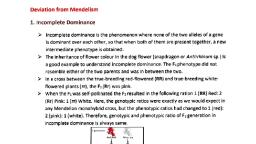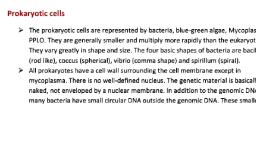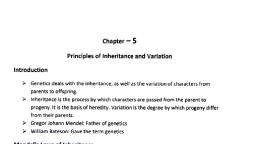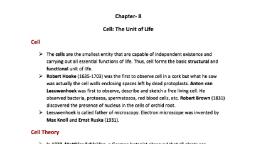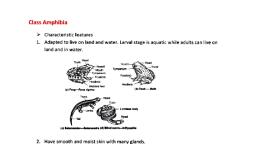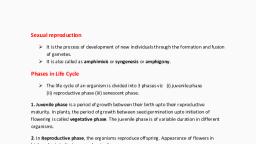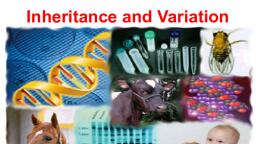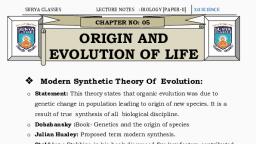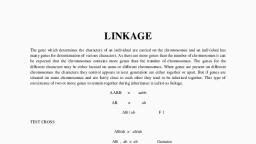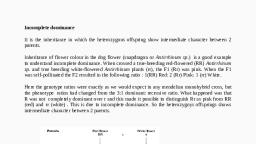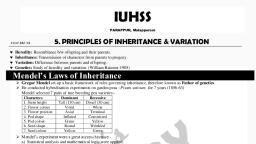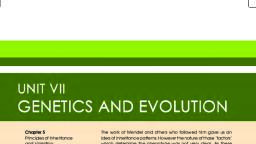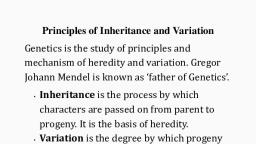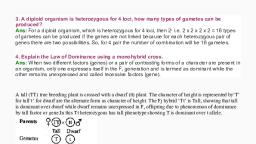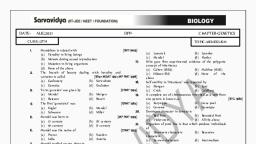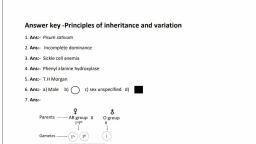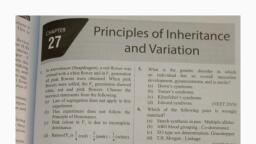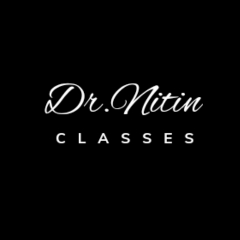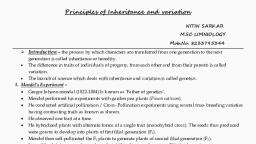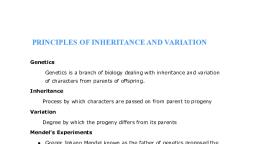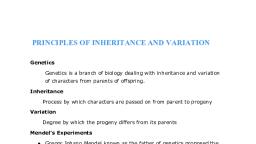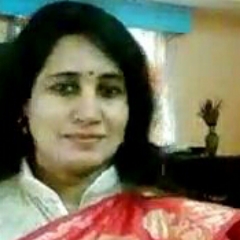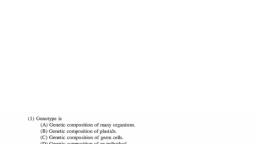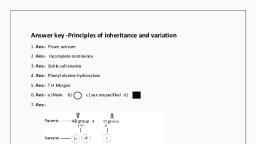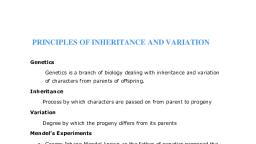Page 1 :
Chromosomal Theory of Inheritance, Mendel's work was not recognized for a long time due to several reasons. Firstly,, communication was not easy in those days and his work could not be widely, published., , Secondly, his concept of genes as stable and discrete units that controlled the, expression of traits and of the pair of alleles which do not blend' with each other,, , was not accepted by his contemporaries as an explanation for the apparently, continuous variation seen in nature., , Thirdly, Mendel's approach of using mathematics to explain biological phenomenon, was totally new and unacceptable to many of the biologists of his time., , Finally, though Mendel's work suggested that factors were discrete units, he could, not provide any physical proof for the existence of factors or say what they were, made of., , Rediscovery of Mendel's work-After 16 years of Mendel>'s death in 1900, Mendel's, postulates were rediscovered by three scientists independently: Carl Correns, Hugo, de Vries and Erich von Tschermak., , Chromosomal theory of inheritance was proposed by Walter Sutton and Theodore, Boveri in 1902. This theory is proved by T.H. Morgan in 1933., Walter Sutton and Theodore Boveri noted that the behaviour of chromosomes was, parallel to the behaviour of genes and used chromosome movement to explain, , Mendel's laws., Salient features of chromosomal theory of inheritance are:, 1. Both the sperm and egg contribute equally in the heredity of the offspring., 2. Chromosomes carry the hereditary traits., 3. Like the hereditary traits, the chromosomes retain their number, structure, and individuality throughout the life of an organism and from generation to, generation. The two neither get lost nor mixed up. They behave as units., , 4. The chromosomes as well as genes occur in pairs in somatic or diploid cells., 5. The two alleles of a gene pair are located on homologous sites on, homologous chromosomes.
Page 2 :
6. During metaphase of meiosis l, the two chromosome pairs can align at the, , metaphasic plate independently of each other., 7. Sutton and Boveri argued that the pairing and separation of a pair of, chromosomes would lead to the segregation of a pair of factors they carried., 8. Sutton united the knowledge of chromosomal segregation with Mendelian, , principles and called it the chromosomal theory of inheritance., The experimental verification of the chromosomal theory of inheritance by Thomas, Hunt Morgan and his colleagues, led to the discovery of the basis for variation that, sexual reproduction produced., Morgan worked with the tiny fruit flies, Drosophila melanogaster, which were found, very suitable for such studies. The reasons are-, , 1. They could be easily grown in the laboratory on simple synthetic medium., 2. They complete their life cycle in about two weeks., 3. A single mating could produce a large number of progeny flies., 4. The male and female flies are easily distinguishable., 5. Many types of hereditary variations can be seen with low power, , microscopes
Page 3 :
Linkage and Recombination, Morgan carried out several dihybrid crosses in Drosophilato study sex-linked genes., Morgan hybridised yellow-bodied, white-eyed females to brown-bodied, red-eyed, males and intercrossed their Fi progeny. He observed that the two genes did not, , segregate independently of each other and the Fa ratio deviated very significantly, from the 9:3:3:1 ratio., When the two genes in a dihybrid cross were situated on the same chromosome, the, proportions of parental gene combinations were much higher than the non-parental, type. Morgan attributed this due to the physical association or linkage of the two, genes and coined the term linkage to describe this physical association of genes on a, chromosome and the term recombination to describe the generation of non-, , parental gene combinations., All those genes which are located in the single chromosome constitute a linkage, group. The number of linkage groups in a species corresponds to its haploid number, of chromosomes, e.g., 23 linkage groups in man., Complete linkage is a linkage or grouping of genes on a chromosome which is not, altered and is inherited as such from generation to generation without any crossOver., , Incomplete linkage is the phenomenon ofan occasional crossing over between two, homologous chromosomes so that one or more alleles present in a linkage group are, replaced by other alleles. It produces both parental and non-parental individuals., Parental types are more than 50% of population while recombinant types are less, , than 50%., Morgan and his group also found that even when genes were grouped on the same, chromosome, some genes were very tightly linked and showed very low, recombination, Cross A while others were loosely linked and showed higher, , recombination, Cross B. For example Morgan found that the genes white and yellow, were very tightly linked and showed only 1:3 percent recombination while white and, miniature wing showed 37.2 percent recombination.

